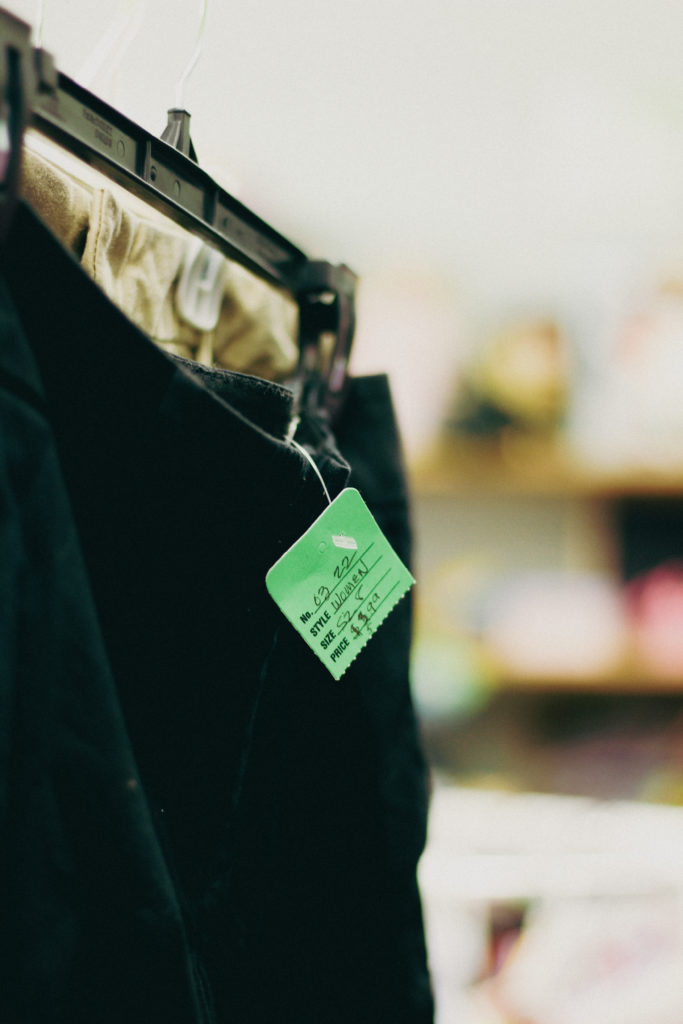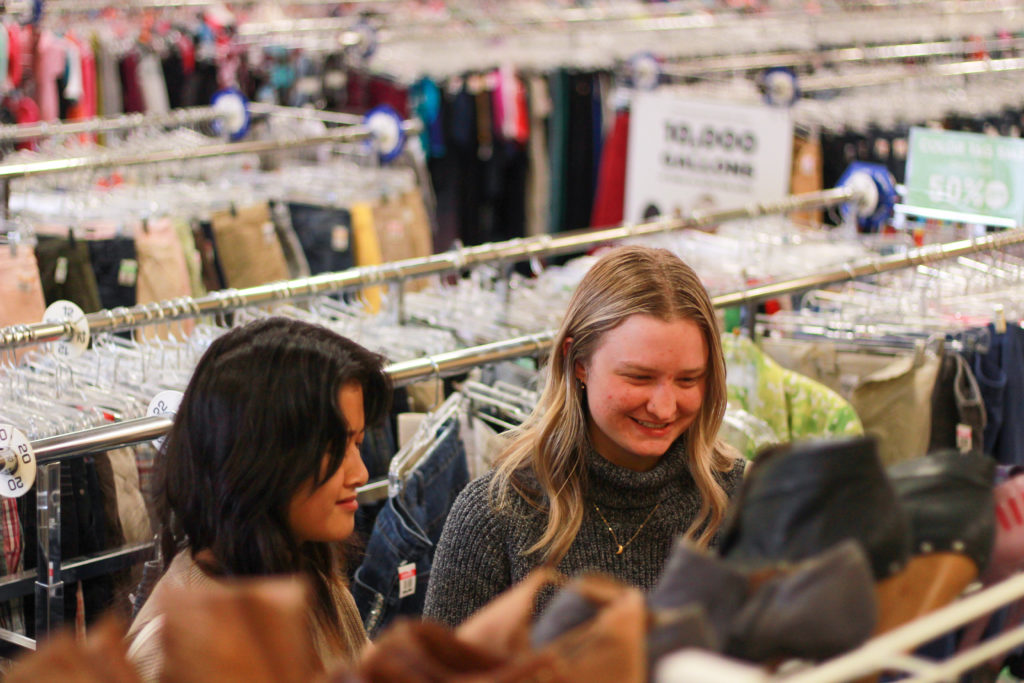Where University of Minnesota students shop to find stylish and sustainable clothes
Anna Short

SHEIN is a large online clothing retailer that’s gained rapid popularity due to its affordability — but despite its cheap prices and ability to keep up with trends, the brand has earned a not-so-positive reputation as “the epitome of fast fashion” and all that entails.
Fast fashion is not only a major contributor to human rights and labor violations, but the textile industry as a whole is also one of the largest polluters and contributors to climate change. It’s responsible for between three and ten percent of all greenhouse gas emissions, according to the United Nations.
Naeun (Lauren) Kim, assistant professor of retail merchandising at the University of Minnesota, said fast fashion is “characterized by the rapid production of cheap, trendy fashion items through an increased number of fashion seasons and the usage of low-cost materials and labor.”
One of the main reasons that SHEIN and other similar fast fashion brands have gained so much popularity is the ever-changing trend cycle. As soon as a major influencer or celebrity wears a style, SHEIN takes a couple of days to copy the design and launch it on their website. Six weeks later, after everyone has ordered, tracked, received, worn and Instagrammed the garment, it’s out of style and the next trend is in full swing. Fast fashion brands are fueled by this quick, ceaseless trend cycle, and funded by consumers who prefer convenience and quantity over quality and sustainability.
Kim knows that avoiding fast fashion altogether is difficult and encourages students to make more sustainable choices when it comes to their wardrobe. One way customers can do so is educating themselves on how items are made, by whom and with what kind of fabric.

One of the key things to look for when determining whether a brand is sustainable is transparency about its supply chain. Brands such as SHEIN that use unethical and unsustainable practices don’t want the public to find out about them, so they will put in more effort to hide their suppliers.
Nearly 60 percent of all disposed of clothing ends up in a landfill where it is later incinerated, according to data from Global Fashion Agenda and The Boston Consulting Group’s 2017 Pulse of Fashion Report. This process is dangerous to both public health and the environment due to the toxic substances and gasses that are released when burning textiles. “The fashion industry is currently responsible for more annual carbon emissions than all international flights and maritime shipping combined,” Le wrote.
Robert Jenson, a senior at the University of Minnesota, buys almost all of his clothes sustainably as an avid thrift shopper. Jensen has been shopping sustainably for most of his life.
Jenson started browsing eBay, Facebook Marketplace and Craigslist at a young age and has been buying secondhand ever since. He said that his main motivation for shopping secondhand while he was in high school was to save money.
Jenson said thrift stores often have the same items for a fraction of their full retail price. When he got to college, he learned more about fast fashion and started shopping sustainably for environmental reasons as well. He still shops on Facebook Marketplace, which he said was a good place to find specific niche items, and he appreciates that he can look at items online and in-person before committing to buy them.
Katie DeWitt, another University of Minnesota senior, said almost all of her clothes are thrifted. While she does have a few pieces from Target and H&M, she believes that balance is key: It’s important to shop sustainably where you can, and not beat yourself up over one miniskirt from Forever 21.

DeWitt said that her favorite place to shop is the Roseville Goodwill because it is close to campus and she always finds cool, affordable items there. DeWitt grew up going to thrift stores like Goodwill and Savers with her family and would get hand-me-downs from her older sister.
When DeWitt got to college, she became aware of the environmental impacts of fast fashion and made a more concentrated effort to avoid it. In addition to shopping at Goodwill, DeWitt also often does clothes swaps and exchanges with her friends, something that is free and very accessible for college students with many friends or acquaintances.
Taking a stand against the fast fashion industry becomes easier by becoming acquainted and comfortable with thrift shopping. Instead of riding the bandwagon of following SHEIN’s fashion trends, hop onto this new one: doing your own research on what sustainable brands to support, and encouraging your friends to do the same.
Rather than overhearing a conversation like this on campus: “Oh my god I love your shirt, where did you get it?” “Thanks, it’s from SHEIN!” Perhaps soon, we’ll be hearing: “Thanks, I thrifted it!”